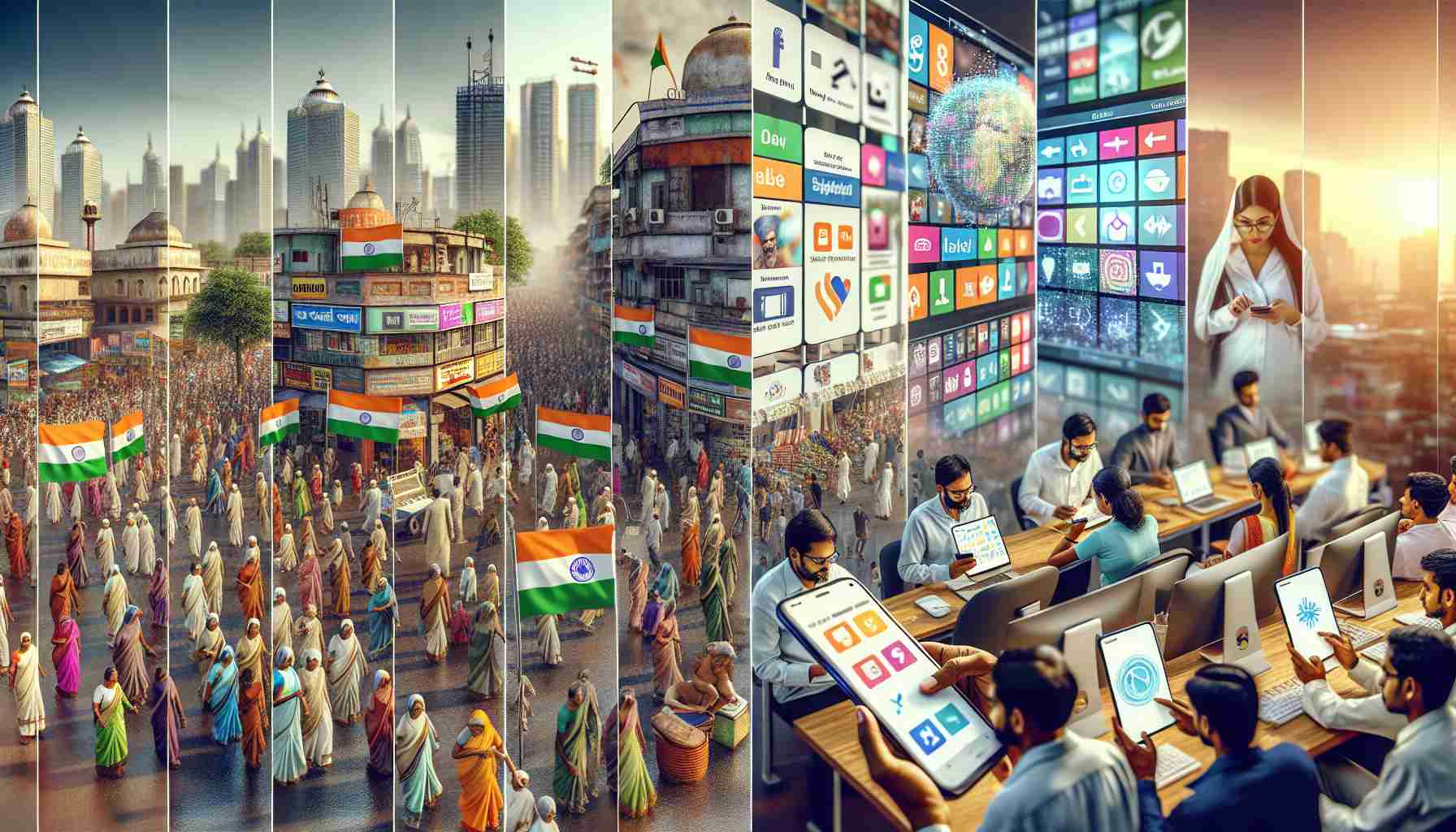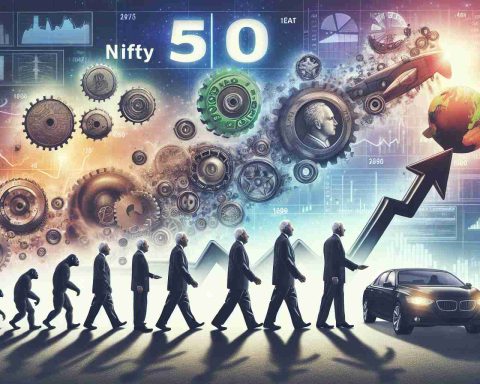In a remarkable streak, India’s smartphone sector has witnessed consistent growth over the past five quarters, with 46 million units shipped in the third quarter of 2024. According to the International Data Corporation, this surge reflects a 5.6% increase when compared to the previous year.
The driving forces behind this growth are multifaceted. Consumers have flocked to take advantage of appealing discounts and a variety of financial incentives such as cashback offers, extended warranties, and flexible financing options. These deals are widely available both in physical stores and online, making them highly accessible.
A contributing factor to the rising demand is the introduction of new 5G smartphones. These have gained considerable popularity, particularly during major online sales events. Consequently, 5G devices now embody 83% of the entire smartphone market, a significant climb from 57% in the previous year.
While Vivo leads the market, leveraging its Y series and new T3 and V40 models, Oppo follows closely with its budget-friendly series like the A3x/K12x and Reno 12. This competition has put pressure on giants like Samsung and Xiaomi, leading to a reduction in their market share.
Interestingly, Apple has reported its highest-ever quarterly shipments in India, reaching 4 million units. The success of models like iPhone 15 and iPhone 13 is a major driver behind their growth.
In terms of sales channels, online purchases have surged by 8%, now making up more than half of all smartphone sales. While offline channels saw a modest 3% growth, brands are optimizing their strategies across both mediums to maintain momentum.
The Untold Side of India’s Smartphone Boom: Hidden Impacts and Future Challenges
India’s smartphone market is booming, with a record-breaking 46 million units shipped in the third quarter of 2024. While this surge spells economic growth and technological advancement, there’s more beneath the surface that could affect individuals, communities, and even the country’s economy in both positive and negative ways.
Environmental Concerns and E-Waste
With an increasing number of smartphones flooding the market, one question arises: what happens to older models? The rapid turnover in smartphone ownership is contributing to a surge in electronic waste in India. The country’s e-waste management infrastructure is still underdeveloped, struggling to keep pace with the rising disposal rates. This situation poses severe environmental risks, potentially contaminating land and water resources.
Economic and Social Divide
While the smartphone surge drives economic growth, it inadvertently widens the digital divide. As 5G models become the norm, older technologies fall behind. For millions in rural areas where network infrastructure is still developing, access to 5G may remain out of reach for some time, creating a two-tier society split between those with cutting-edge technology and those still accessing 2G or 3G networks.
Impact on Local Vendors
Although online sales have grown significantly, surpassing offline transactions, this shift poses a challenge to local vendors. Many small retailers struggle to compete with e-commerce giants offering extensive discounts and various incentives. This trend could lead to the closure of small businesses, affecting local employment and economies.
Advantages and Disadvantages of the Smartphone Expansion
Advantages:
– Boost to Economy: The smartphone sector growth contributes to GDP and creates jobs.
– Technological Empowerment: Consumers gain access to the latest technology, improving connectivity and digital access.
Disadvantages:
– Urban-Rural Divide: Access to newer technologies remains limited to urban areas, leading to an increasing digital gap.
– Environmental Impact: Growing e-waste with insufficient recycling measures poses a significant environmental challenge.
Controversies and Insights
Small manufacturers and environmental groups criticize major smartphone companies for their role in promoting a ‘planned obsolescence’ business model. This term refers to the design of electronics to have a limited lifespan, encouraging frequent purchases and exacerbating e-waste issues.
Will the Economic Boom Last?
As the Indian market saturates, a key question emerges: can this growth trajectory be sustained? Some experts argue that without strategic investments in sustainable practices and inclusive network expansion, the growth may hit a plateau.
Looking Forward
For sustained growth and environmental accountability, smartphone companies and the Indian government need to collaborate on effective e-waste management and equitable network expansion strategies.
For more on technological advancements and digital inclusion, explore IDC’s website and for environmental issues related to technology, visit Greenpeace’s website.























